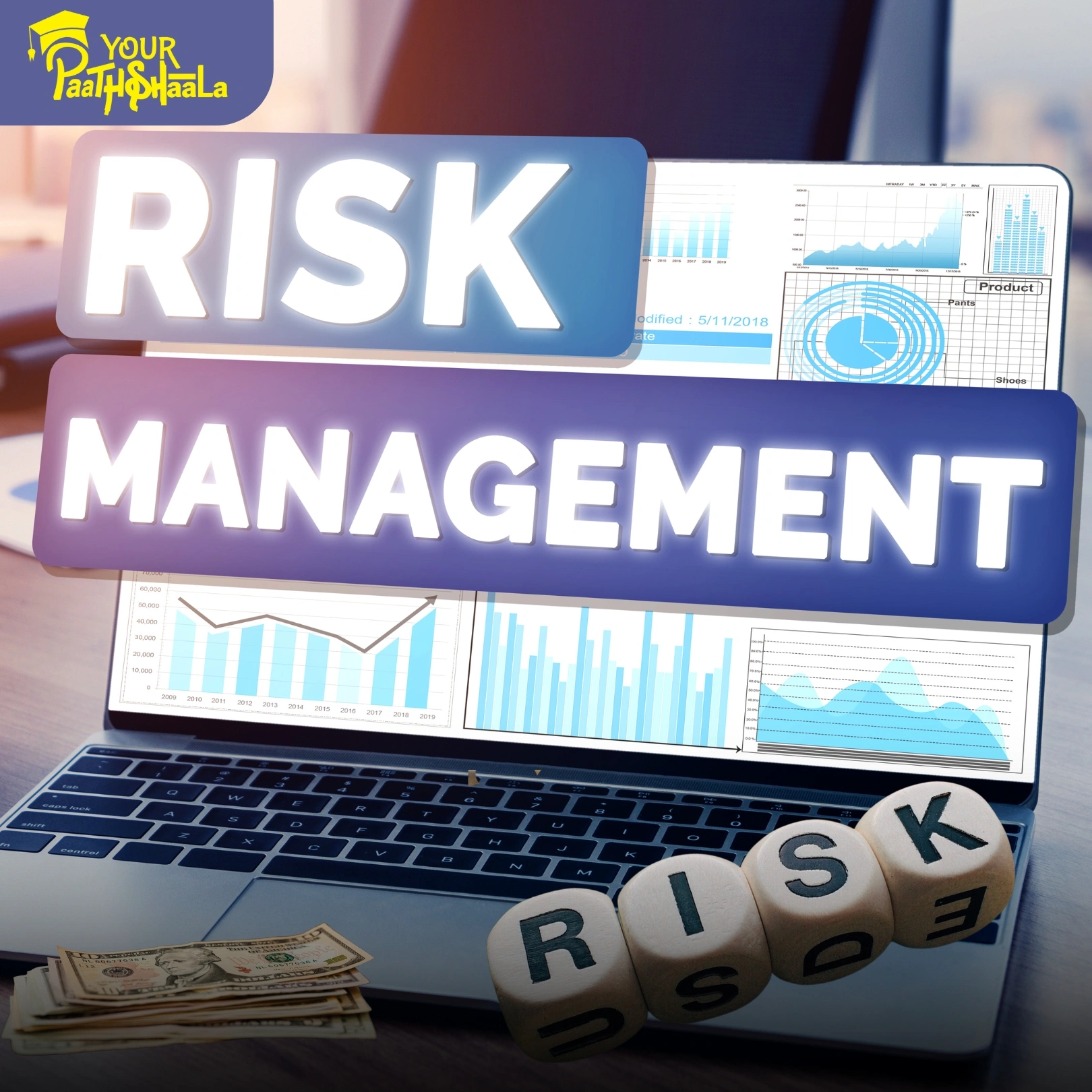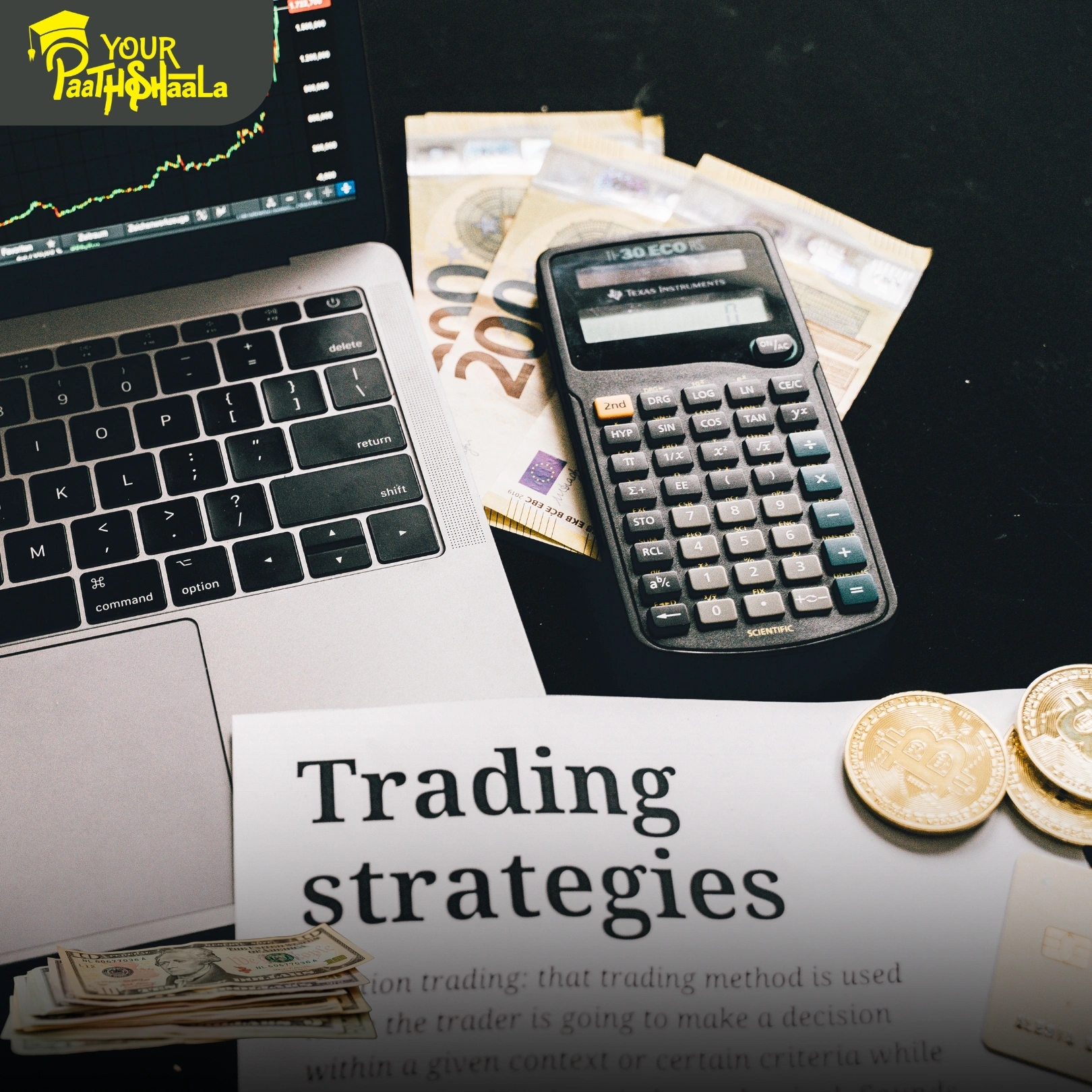Volume vs. Price Action: How to Read Market Trends Like a Pro
If you’re new to the stock market or looking to sharpen your trading skills, you’ve probably come across the terms “volume” and “price action.” These two concepts are at the heart of technical analysis and can provide powerful insights into market trends and potential trading opportunities. But what do they really mean, and how can you use them to make smarter investment decisions? Let’s break it down in simple, actionable terms.
What is Price Action?
At its core, price action is the movement of a stock’s price over time. It’s the raw data you see on a chart-the ups and downs, the swings, the trends, and the reversals. Price action reflects the ongoing battle between buyers and sellers, showing you the direct result of supply and demand in the market.
When you look at a price chart-especially a candlestick chart-you’re looking at price action in its purest form. Each candlestick tells a story: where the price opened, how high and low it went, and where it closed for a specific period (like a day, an hour, or even a minute). By observing these movements, traders try to anticipate what might happen next.
Why is price action important?
Because it’s the most direct way to see what’s happening in the market. Unlike technical indicators that use mathematical formulas to interpret price, price action is the price itself. It’s unfiltered, real-time information. Traders who focus on price action believe that everything that can affect a stock-news, earnings, economic data-is already reflected in the price.
What is Volume?
Volume is the total number of shares (or contracts) traded during a specific period. It measures how much activity there is in a stock. Think of volume as the fuel behind the price movement. If price action is the car, volume is the gas in the tank.
On most stock charts, volume is shown as vertical bars at the bottom. Each bar represents the number of shares traded during that period. Green bars usually indicate more buying than selling, while red bars show more selling than buying.
Why does volume matter?
Volume tells you how strong or weak a price move really is. A big price jump on high volume means lots of traders are participating-it’s a move with conviction. But if the price moves a lot on low volume, it might not be reliable. There just isn’t enough interest to support the move, and it could reverse quickly.
The Relationship Between Volume and Price Action
To really understand what’s happening in the market, you need to look at both price action and volume together. Here’s why:
Price action shows you what’s happening.
Volume shows you how many people care.
When you combine these two, you get a much clearer picture of market sentiment and the strength of trends.
Key Scenarios:
- Price Up + Volume Up:
This is a strong bullish signal. The price is rising, and lots of people are buying. This kind of move is more likely to continue. - Price Up + Volume Down:
The price is going up, but fewer people are trading. This could be a weak rally that might not last. - Price Down + Volume Up:
The price is falling, and lots of people are selling. This is a strong bearish signal and could indicate a new downtrend. - Price Down + Volume Down:
The price is dropping, but not many people are selling. This move might be temporary and could reverse soon.
The general rule:
A price move supported by high volume is more trustworthy than one on low volume. Volume confirms the strength of price action.
How to Use Volume and Price Action in Your Analysis
Whether you’re a day trader, swing trader, or long-term investor, understanding how to read volume and price action together can help you make better decisions. Here’s how you can use them:
1. Confirming Trends
When a stock is trending (either up or down), check the volume. If the trend is accompanied by increasing volume, it’s more likely to continue. For example, if a stock is rising and volume is also rising, buyers are enthusiastic and the trend is healthy.
2. Spotting Reversals
Big changes in volume can signal a reversal. If a stock has been falling for days and suddenly there’s a huge spike in volume with a price jump, it could mean buyers are stepping in and the trend might reverse.
3. Identifying Breakouts
When a stock breaks out of a trading range or chart pattern, volume is key. A breakout on high volume is more likely to succeed because it shows strong interest. If the breakout happens on low volume, it could be a “fake-out” and the price might fall back into the range.
4. Watching for Divergences
Sometimes, price and volume move in opposite directions-a phenomenon known as divergence. For example, if a stock makes new highs but volume is decreasing, it could be a warning sign that the uptrend is losing steam.
Common Patterns Combining Volume and Price Action
Let’s look at some practical patterns and what they often mean:
Rising price with rising volume: Strong uptrend, likely to continue.
Rising price with falling volume: Weak uptrend, be cautious.
Falling price with rising volume: Strong downtrend, sellers in control.
Falling price with falling volume: Weak downtrend, possible bounce.
Breakout with high volume: Breakout likely to be real.
Breakout with low volume: Breakout might fail.
By recognizing these patterns, you can avoid common trading mistakes and spot opportunities with higher probability.
Real-World Example
Imagine you’re watching the stock of a company called TechNova. Over the past month, the price has been slowly climbing. You notice that every time the price makes a new high, the volume also spikes. This tells you that more and more buyers are getting involved, and the trend is likely to continue.
Now, suppose the price suddenly jumps even higher, but the volume is much lower than before. This could be a warning sign that the rally is running out of steam. If you see the price start to fall on increasing volume, it might be time to take profits or even consider a short position.
Why Volume and Price Action Matter for Every Trader
No matter your trading style, understanding volume and price action gives you an edge. Here’s why:
They reflect real market activity.
Unlike lagging indicators, volume and price action show you what’s happening right now.They help you avoid false signals.
A price move without volume is often a trap. By checking volume, you can avoid getting caught in fake breakouts or breakdowns.They work in all markets and timeframes.
Whether you’re trading stocks, forex, or cryptocurrencies, and whether you’re looking at daily, hourly, or minute charts, these principles apply.
Tips for Using Volume and Price Action Effectively
- Always check volume before entering a trade.
Don’t rely on price action alone-volume confirms the move. - Use candlestick charts for clearer price action.
Candlesticks provide more information than simple line charts. - Look for volume spikes at key levels.
High volume at support or resistance can signal a big move. - Combine with other tools.
Volume and price action are powerful, but even better when used with support/resistance, trendlines, or moving averages. - Practice on historical charts.
The more you analyze past price and volume, the better you’ll get at spotting patterns.
Frequently Asked Questions
Can I trade using only volume and price action?
Yes! Many successful traders use just these two tools. They provide a clear, real-time view of market activity.
Is high volume always good?
Not necessarily. High volume confirms the strength of a move, but if it comes with a sharp price drop, it could mean a strong sell-off.
What’s the best chart type for analyzing price action?
Candlestick charts are the most popular because they show open, high, low, and close for each period.
How do I know if a trend is healthy?
A healthy trend is supported by rising volume in the direction of the trend and lower volume during pullbacks.
Conclusion: Mastering Volume vs. Price Action for Smarter Trading
Understanding the interplay between volume vs. price action is essential for anyone serious about trading or investing in the stock market. By learning to read these two indicators together, you can spot strong trends, avoid false breakouts, and make more confident decisions.
Remember:
Volume is the fuel behind price moves.
Price action tells you what’s happening right now.
Together, they give you a powerful edge in the market.
Start practicing on real charts, pay attention to how volume and price interact, and you’ll soon develop the instincts of a seasoned trader. Whether you’re just starting out or looking to refine your strategy, mastering volume and price action is a step toward stock market success.
Ready to take your trading to the next level? Start applying volume and price action analysis today and watch your confidence-and results-grow!







